MDRS Crew 202, Journalist Report
Sol 5 – 01/03/2018
Name the space movie (or show) given the following quote. Answer at the end of the Report:
So, yes, they let women do some things at NASA, Mr. Johnson, and it’s not because we wear skirts. It’s because we wear glasses. Have a good day.
Update on the Great Generator Crisis of Crew 202. It was not in fact the generator, but the power system itself. The main controller’s personality took on a Hal 2000 fashion, trying to freeze us inside of our own home. I am happy to report that our wonderful MDRS Director and Assistant Director have diagnosed the issue and we are no longer in low power mode. Today, we can use the oven again.
Day to day life on Mars is a semi-structured routine. You wake up at 7:30 am to a crew selected song. This morning was “Pina Coladas”, a drink which the crew enjoys, none of which is on Mars. At 8:30 am, we start a yoga/stretching/dynamic exercise session, traditionally led by our Engineer, who is a rowing champion back in her former role at Purdue, and our Executive Officer, who, after the mission, will return to Earth to resume his role as an Army drill sergeant. Once our blood is pumping, breakfast is started by two crew members while the others plan and prepare for the day’s activities. This morning’s breakfast was led by our Geologist and assisted by myself. With a box of oats, dehydrated apples, a hefty spoonful of brown sugar, and a dash of cinnamon, the crew enjoyed a bowl of apple cinnamon oatmeal that rivaled even the best Quaker Oat packets (obviously the dinosaur eggs flavor). The majority of our agendas will involve an Extra-Vehicular Activity (EVA) with 3-4 crew members. Suit up at 10 am. In the airlock by 11 am, and away the crew goes to make a dent into their Martian research.
The Engineer, the Executive Officer, and myself traveled to an area commonly called “The Kissing Camels”. It is these huge hills with brilliant stripes of oranges, reds, and yellows whose sides turn into cliffs and extend in a semi-circle around a plain. Our mission today: Collect various rocks and boulders for our Geologist to analyze, gather radioactive data across the area, and spit in a cup upon our return for a stress study. On a future Mars mission, we anticipate the crew would be trained to identify different rock formations as geological studies are of great interest in Martian research. This is not a future mission and no one on the EVA is a geologist. We had a briefing with our Geologist and our Commander, who was the Geologist on a previous mission, on what to look for in the rocks, all of the different textures, colors, and strengths. They were interested in “fine coarse” shale, sand found near former riverbeds, and different colored boulders, specifically red/brown and green/blue. These objectives seemed easy enough until you start questioning your very understanding of colors. Is this rock truly red? Is this the green our Geologist was talking about? What even is Blue? At one point, we simply switched to the method “This rock looks interesting”, threw it in a Ziploc sampling bag, and continued on our way. Thankfully, our Geologist appeared pleased with our haul.
The Health and Safety Officer (HSO), Geologist, and Commander spent the day making progress on individual research projects. The HSO has been working like a machine in the green habitat. He’s busy prepping his 10 day germination and growth research, sterilizing dishes and hydroponically planting his microgreens. Hydroponics means no soil which is ideal for a Martian environment where the soil may not be suitable for growing and it is a long way to ship from Earth! Our Geologist is continuing a MDRS study from 2014 and is preparing for an EVA tomorrow to collect additional geological samples. Our Commander is commanding, keeping the ship running, and ensuring everyone has what they need, to do what they need to do. With the success of the power being restored and the progress being made on our ambitious research goals, the crew morale is high on our sixth mission day.
Tonight, we settled into a gumbo dinner and plan to indulge in a pineapple upside down cake made from our Mars friendly ingredients. Baking is strange when everything needs to be re-hydrated. It creates an odd spongy texture, but the flavor is still delicious and sweet.
Here at MDRS, we are far from civilization. The closest town is only populated by ~200 people and 30 minutes down an off-road trail through plains and mountains. In our Great Generator Crisis, the low power mode forced us to turn off all unnecessary electricity. The Green Habitat, the Science Dome, and the majority of lights in the Habitat were all shut down to conserve power. This brief inconvenience turned into a beautiful accident by the moonless sky that appeared above us. I’ve never seen so many stars in all their varying brightness and depths. Even the milky way was unveiled, as if someone took a paint brush of white paint from one side of the horizon, across the highest point in the sky, to the other behind the mountains in the distance. It. Was. Breathtaking. It makes us wonder, what night sky will future Martians see from their base? Will they gaze at Earth with as much wonderment and excitement as we view Mars, shining a subdued red in the night? When we gaze at the constellations, viewable from both planets, will future Martians feel comforted or homesick?
Movie (or Show) Answer: Hidden Figures


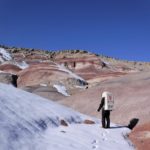
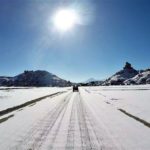
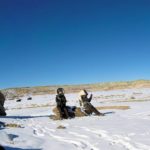
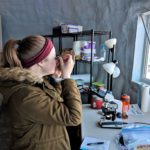
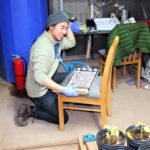
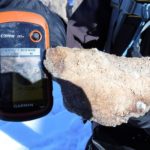
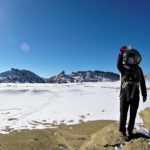
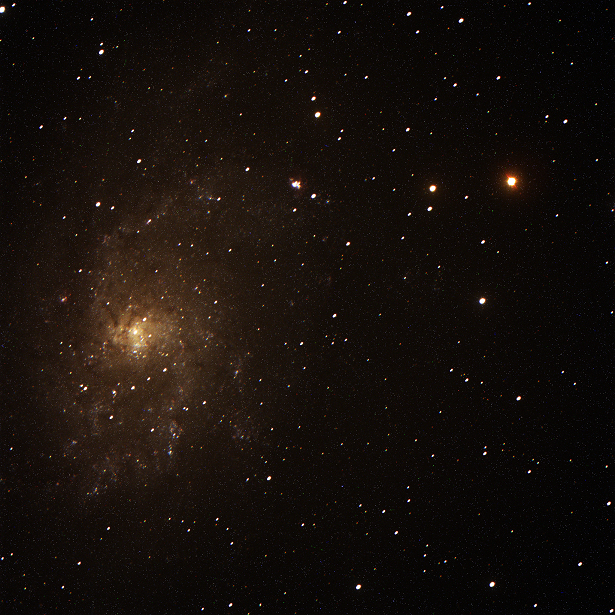
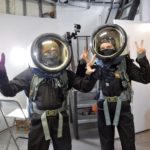
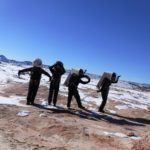

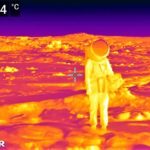
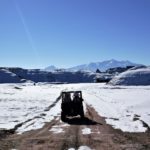
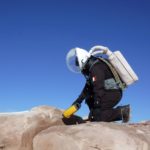

You must be logged in to post a comment.